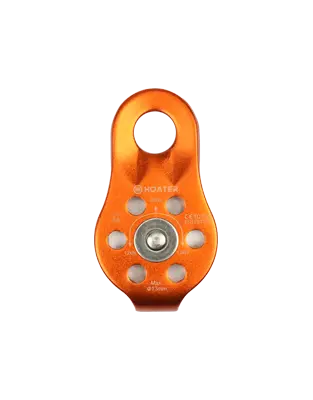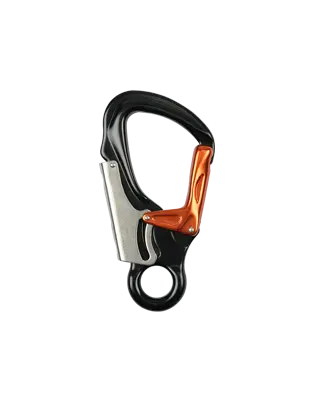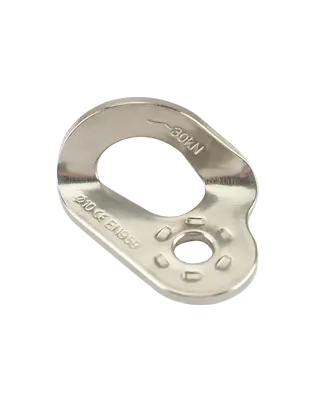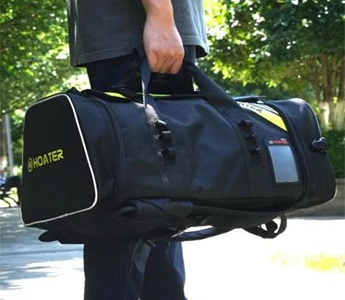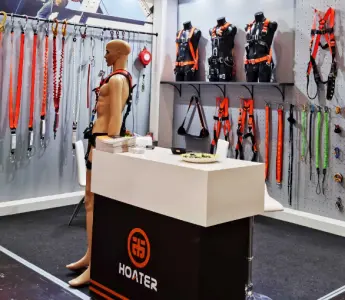In the world of sports, travel, and professional activities, the right equipment bag is crucial for efficient organization and protection of your gear. Whether you're an athlete, a frequent traveler, or a professional in need of reliable gear storage, understanding the different types of equipment bags and their features can make a significant difference. This guide covers everything you need to know about equipment bags, including types, features, and tips for choosing the best one for your needs.
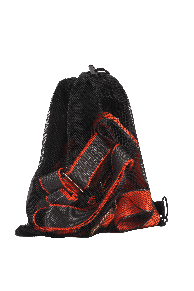
Types of Equipment Bags
1. Sports Equipment BagsSports equipment bags are designed specifically to accommodate various sports gear. These include:
Gym Bags: Ideal for carrying workout clothes, shoes, and personal items. They often feature multiple compartments and are usually made from durable, water-resistant materials.
Hockey Bags: Built to handle bulky gear like skates, sticks, and pads. They come with reinforced bottoms and padded straps for comfort.
Golf Bags: Equipped with individual club slots and ample space for balls and tees. They often include features like stands and rain covers.
2. Professional Equipment BagsThese are designed for specific industries or professions, ensuring all necessary tools and equipment are securely stored:
Tool Bags: With multiple pockets and compartments, tool bags help organize and transport various tools efficiently. They often feature heavy-duty construction to withstand rough handling.
Camera Bags: Designed to protect delicate camera equipment, these bags offer padded compartments and customizable dividers to keep lenses and bodies safe.
Key Features to Look For
1. DurabilityWhen choosing an equipment bag, durability is paramount. Look for bags made from high-quality materials such as nylon, polyester, or leather. Reinforced stitching and heavy-duty zippers are also signs of a well-made bag.
2. OrganizationEffective organization is essential for quick access and easy management of your gear. Bags with multiple compartments, pockets, and dividers help keep everything in its place and prevent items from shifting during transport.
3. ComfortEspecially important for bags that are carried for long periods, comfort features like padded shoulder straps, adjustable handles, and ergonomic designs make a big difference. Ensure the bag offers a comfortable carrying experience to avoid strain and fatigue.
4. Size and CapacitySelect a bag that fits your needs without being too bulky or too small. Consider the amount and type of gear you need to transport and choose a bag with adequate space and organizational features to accommodate it.
5. Water ResistanceTo protect your equipment from unexpected weather conditions, choose a bag with water-resistant or waterproof features. Look for waterproof zippers, rain covers, or coated materials for added protection.
Tips for Choosing the Right Equipment Bag
Assess Your Needs: Consider the type of gear you need to carry and choose a bag designed for that purpose. For example, sports gear may require different features compared to camera equipment.
Check for Reviews: Look at customer reviews and ratings to gauge the bag's performance and durability. Feedback from other users can provide valuable insights into the bag's quality and functionality.
Test for Comfort: If possible, try the bag on for size and comfort before purchasing. Ensure that it feels comfortable when worn and meets your carrying preferences.
Consider Brand Reputation: Established brands often offer higher-quality products with better warranties and customer support. Investing in a reputable brand can be a good long-term decision.
Budget Wisely: While it's tempting to go for the cheapest option, investing in a higher-quality bag can save you money in the long run by offering better durability and features.
Choosing the right equipment bag is an essential step in ensuring the safety and organization of your gear. By understanding the different types of bags, key features, and tips for selection, you can make an informed decision that suits your specific needs and lifestyle. Whether for sports, travel, or professional use, a well-chosen equipment bag will enhance your efficiency and protect your valuable belongings.

 EN
EN
 fr
fr 



















